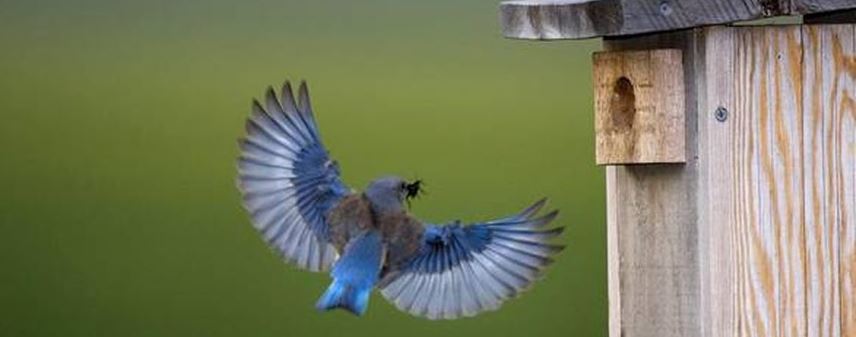Austin County property owners have a choice when it comes to maintaining an agricultural tax valuation on a property. Whether the property has been in the family for decades or just recently purchased, an agricultural tax valuation can be maintained through traditional agricultural use or wildlife management use.
Traditional ag uses in Austin County are primarily ranching, haying and farming but commercial orchards and vineyards qualify as well. All are great choices for a landowner looking to run a commercial operation on their property. However, those uses often detract from the recreational value of lands found in beautiful Austin County.

Wildlife Management: Another Option
A wildlife tax valuation, which is commonly and inaccurately referred to as a wildlife exemption, is especially attractive to new landowners. Taxes on ag lands in Texas are low, but property owners are not exempt from paying them. It’s because ag land is taxed based on (ag) production value, not market value.
New property owners often have no interests in grazing cows or farming to make payments. Instead, they are more interested in the value that the land provides in a healthier, more natural state. That’s kind of our thing, too.
In many cases, these very properties have been abused for too long. Unfortunately, landowners interested in managing for native wildlife or allowing the land to rest from traditional agricultural practices think the only option for maintaining the reduced tax rate is to maintain the traditional agricultural valuation.
As you now know, this is not the case. Property owners in Austin County and all across Texas can convert to a wildlife tax valuation. The best part is that the property can be managed for better habitat, abundant wildlife and will be taxed at the exact same (low) tax rate!

Qualifying for a Wildlife “Exemption”
Switching over a property to wildlife use from agricultural use is an easy process. In Texas, the open-enrollment period for all exemptions and tax valuations is from January 1 to April 30 each year. A property owner looking to convert to a wildlife tax valuation needs to file an application and a wildlife management plan with the County Appraisal District during this time.
For a wildlife management plan to qualify in Austin County, the plan must include at least three of seven practices:
- Habitat Control
- Erosion Control
- Predator Control
- Providing Supplemental Supplies of Water
- Providing Supplemental Supplies of Food
- Providing Shelters
- Making Census Counts to Determine Population
Converting to Wildlife Tax Valuation
Most property owners appreciate healthy habitat and native wildlife, but few are wildlife biologists. A qualifying management plan needs to identify at least one native wildlife species that will be managed for on the property. In addition, the plan needs to outline at lease three management practices that will be implemented on an annual basis, for the management of the target species.
The management practices must meet specific levels of intensity based on property size and the ecoregion in which the property is found. This is where we can help. We work with Austin County property owners such as yourself to first identify your goals and objectives for the land. Next, we develop a management plan for the property that meets or exceeds all requirements for maintaining a wildlife tax valuation.
Finally, we deliver these documents to you with filing instructions and are available to address any questions or concerns along the way. Please contact us if you are interested in changing your new or existing Austin County property to wildlife management use.
